Grid-tie solar kits
Grid-tie solar power systems are the most cost-effective way to offset your electricity bill. Whether you choose easy DIY installation (guided by our experts) or hire a local contractor, grid-tie solar is the smart choice for short-term savings and long-term profitability.
Ready to kickstart your solar journey? Explore expandable grid-tie solar kits from GoGreenSolar today!
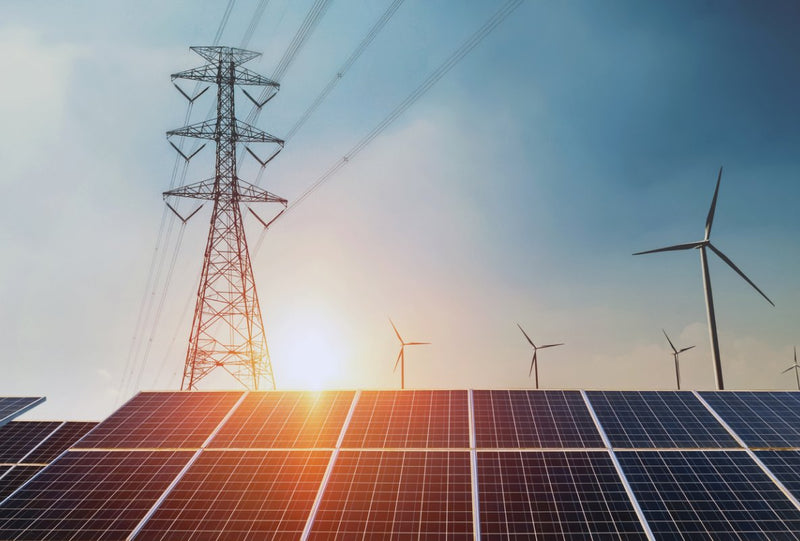
Shop By:
-
3kW DIY Solar Panel Kit with Microinverters (3000 Watt)3kW DIY Solar Panel Kit with Microinverters (3000 Watt)Starting at $6,180
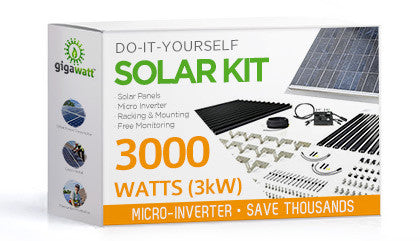 225 - 500 kWh / mo8 Panels
225 - 500 kWh / mo8 Panels -
2kW DIY Solar Panel Kit with Microinverters (2000 Watt)2kW DIY Solar Panel Kit with Microinverters (2000 Watt)Starting at $4,605
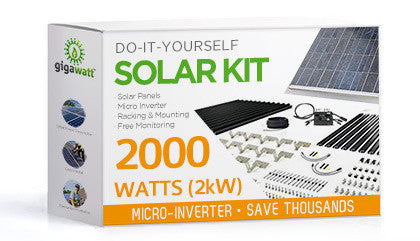 175 - 375 kWh / mo5 Panels
175 - 375 kWh / mo5 Panels -
4kW DIY Solar Panel Kit with Microinverters (4000 Watt)4kW DIY Solar Panel Kit with Microinverters (4000 Watt)Starting at $7,778
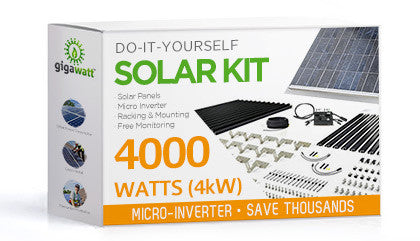 300 - 750 kWh / mo10 Panels
300 - 750 kWh / mo10 Panels -
7kW DIY Solar Panel Kit with String Inverters (7,000 Watt)7kW DIY Solar Panel Kit with String Inverters (7,000 Watt)Starting at $11,172
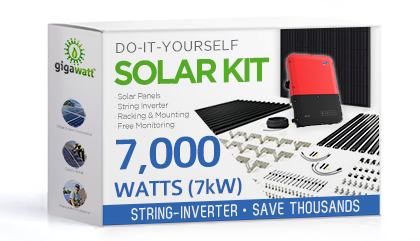 450 - 1200 kWh / mo18 Panels
450 - 1200 kWh / mo18 Panels -
3kW DIY Solar Panel Kit with String Inverters (3,000 Watt)3kW DIY Solar Panel Kit with String Inverters (3,000 Watt)Starting at $5,749
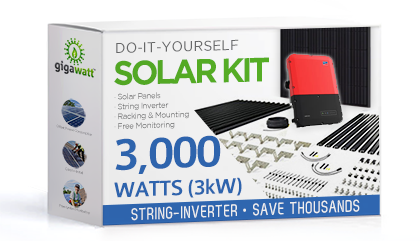 200 - 550 kWh / mo8 Panels
200 - 550 kWh / mo8 Panels -
4kW DIY Solar Panel Kit with String Inverters (4,000 Watt)4kW DIY Solar Panel Kit with String Inverters (4,000 Watt)Starting at $7,055
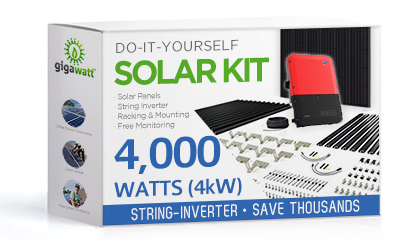 300 - 750 kWh / mo10 Panels
300 - 750 kWh / mo10 Panels -
8kW DIY Solar Panel Kit with String Inverters (8,000 Watt)8kW DIY Solar Panel Kit with String Inverters (8,000 Watt)Starting at $12,703
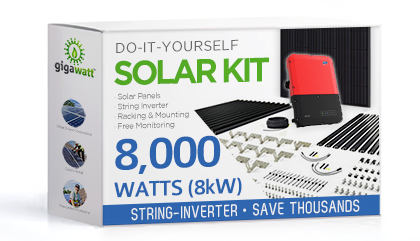 500 - 1400 kWh / mo20 Panels
500 - 1400 kWh / mo20 Panels -
7kW DIY Solar Panel Kit with Microinverters (7000 Watt)7kW DIY Solar Panel Kit with Microinverters (7000 Watt)Starting at $12,391
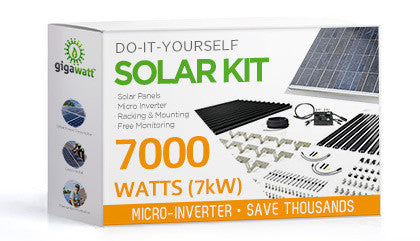 450 - 1200 kWh / mo18 Panels
450 - 1200 kWh / mo18 Panels -
4kW Solar Panel Ground Mount Installation Kit4kW Solar Panel Ground Mount Installation KitStarting at $7,877
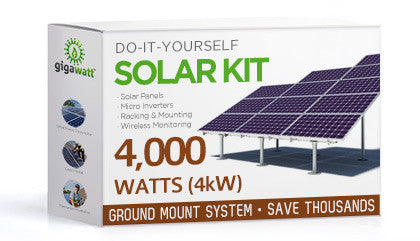 350 - 750 kWh / mo10 Panels
350 - 750 kWh / mo10 Panels -
5kW DIY Solar Panel Kit with Microinverters (5000 Watt)5kW DIY Solar Panel Kit with Microinverters (5000 Watt)Starting at $9,241
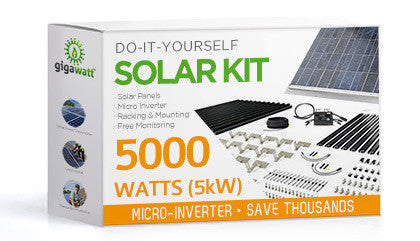 350 - 850 kWh / mo13 Panels
350 - 850 kWh / mo13 Panels -
6kW DIY Solar Panel Kit with String Inverters (6,000 Watt)6kW DIY Solar Panel Kit with String Inverters (6,000 Watt)Starting at $9,821
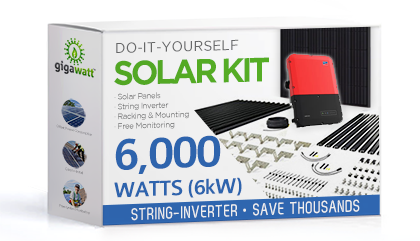 400 - 1000 kWh / mo15 Panels
400 - 1000 kWh / mo15 Panels -
5kW DIY Solar Panel Kit with String Inverters (5,000 Watt)5kW DIY Solar Panel Kit with String Inverters (5,000 Watt)Starting at $8,421
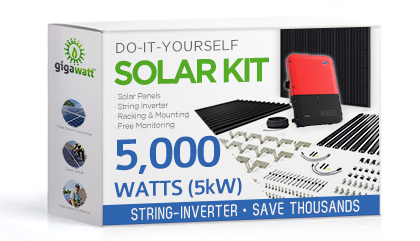 350 - 850 kWh / mo13 Panels
350 - 850 kWh / mo13 Panels
- Page 1 of 4
- Next page

Grid-Tie Solar: Confidence in Every Kit
GoGreenSolar is a leading online seller of solar panels, inverters and DIY solar equipment. We are the only solar company to offer a 100% money-back guarantee. If your permit isn’t approved for some reason, we'll refund your money in full.
What’s in a kit?
Our DIY grid-tie solar panel kits contain the core components needed to power your property with solar.
-
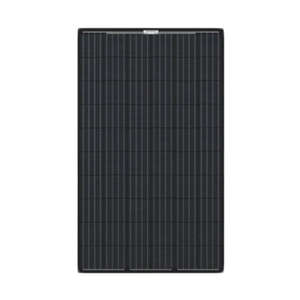
Solar Panels
Our premium solar panels are backed by top-notch technical assistance from our team of solar specialists.
-
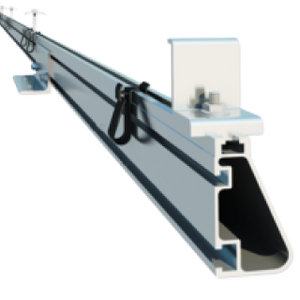
IronRidge Racking
IronRidge builds the strongest roof and ground mounting systems in solar. Every component has been tested to the limit and proven in extreme environments.
-
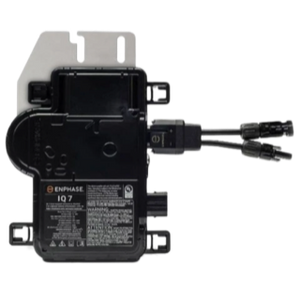
Inverters
A microinverter or string inverter to convert solar panel DC power to AC power and provide net metering capability.
-
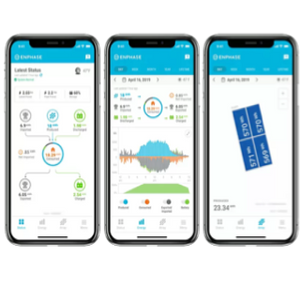
Monitoring System
Monitoring apps oversee your solar production, helping you catch issues early to ensure efficient system performance and cost savings.
-
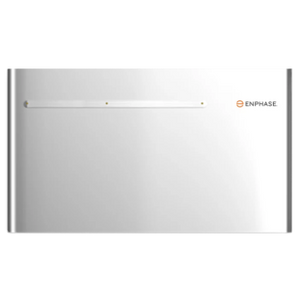
Batteries
Our state-of-the-art batteries enable you to store surplus energy generated during the day, utilizing it during nighttime or peak demand periods to maximize your energy savings.
-
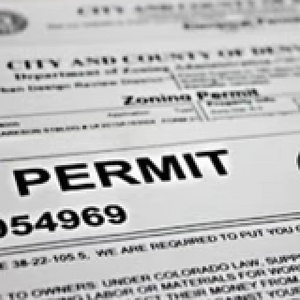
Plan Set & Interconnection Service
We can create a custom solar electrical design for your home that’s compliant with local codes and regulations. We’ll work closely with your city, HOA and utility to get your system up and running.
Frequently Asked Questions
How do grid-tied solar systems work?
If your property has access to the public utility grid, connecting your solar power system to the grid maximizes energy savings.
Grid-tie solar systems use solar panels to generate electricity. Under a net metering plan with your utility company, you earn credits for the energy you produce, which you can spend to power the appliances in your home. When you need more power than what the solar panels produce, the grid supplies additional electricity. It's like a two-way energy exchange, providing clean energy and potential cost savings.
Buying a grid-tie solar system is by far the most cost-effective way to go solar and offset your electric bill. However, if you want to make the most of your system and protect against power outages, consider adding backup power to your system with solar batteries.
Is grid-tie solar worth it?
Absolutely! In addition to lowering your energy bills, installing solar panels could increase the value of your home or business. You can also add a residential EV charging station to conveniently charge electric vehicles at home — a significant selling point for anyone with an EV.
Buying a grid-tie solar system is by far the most cost-effective way to go solar and offset your electric bill. However, if you want to make the most of your system and protect against power outages, consider adding backup power with solar batteries.
What is the difference between grid-tied and hybrid solar systems?
Both grid-tie and hybrid solar systems are directly connected to the local utility grid. However, grid-tie systems feed excess energy into the grid, while hybrid systems (energy storage systems) use solar batteries to store surplus energy for later use. This excess energy stored in your solar batteries provides backup power to your home in case the grid goes down or if you want to save money during peak energy times.
Which is better: grid-tie or hybrid solar systems?
The choice between grid-tie and hybrid systems depends on energy needs, budget, and the need for backup power. If your home is subject to frequent power outages, having backup power via solar battery storage enables you to maintain function for critical appliances.
However, stored power isn’t just for emergencies. Hybrid systems enable you to store energy during off-peak hours, then use that energy during peak hours (between 4pm-9pm) to avoid paying higher rates.
How much does a grid-tied solar system cost?
The national average cost for a residential solar energy system in the United States ranges between $16,870 and $23,170 after federal tax incentives – not including installation.
However, a DIY solar installation is a great way to save nearly half of your total solar costs. While there are many variables involved, like system size, what state you live in and what rebates are available, going the DIY route is a great way to make a major difference in the total cost of your system.
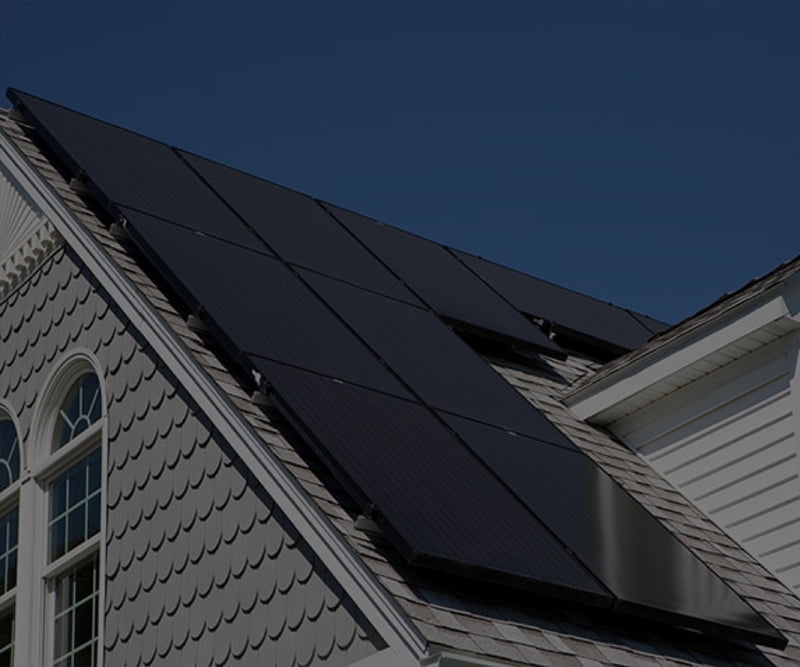
Solar Calculator
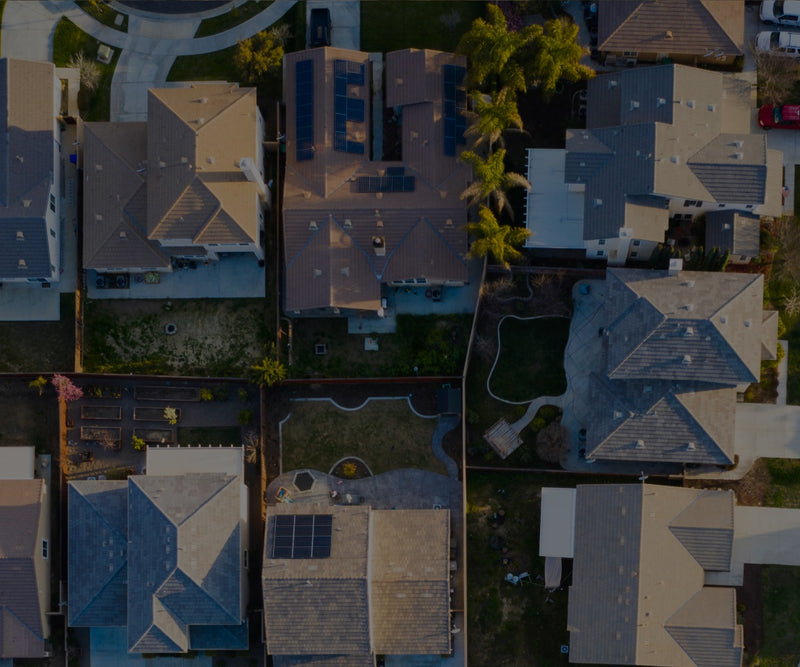
Which Solar Kit Do I Need?
GET STARTED WITH SOLAR
WE’LL HELP YOU FIGURE OUT YOUR SOLAR NEEDS!
Fill out the form for a complimentary solar quote that includes a custom satellite layout, system design and a breakdown of total project cost and estimated savings.


















